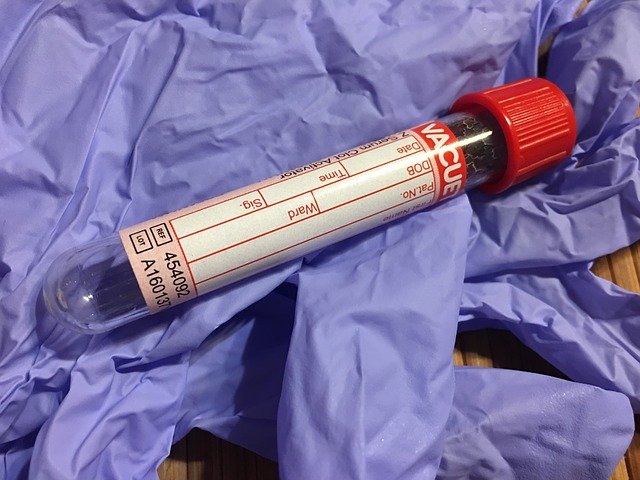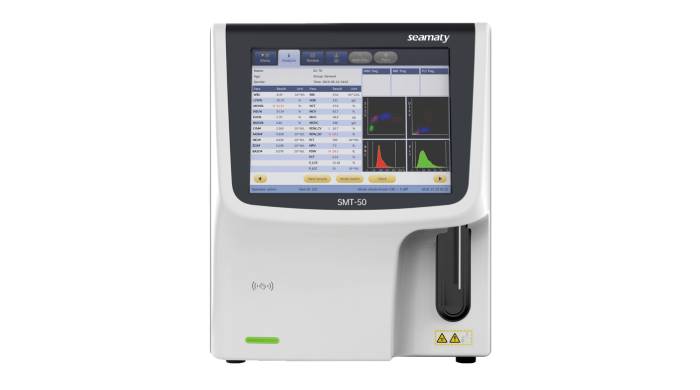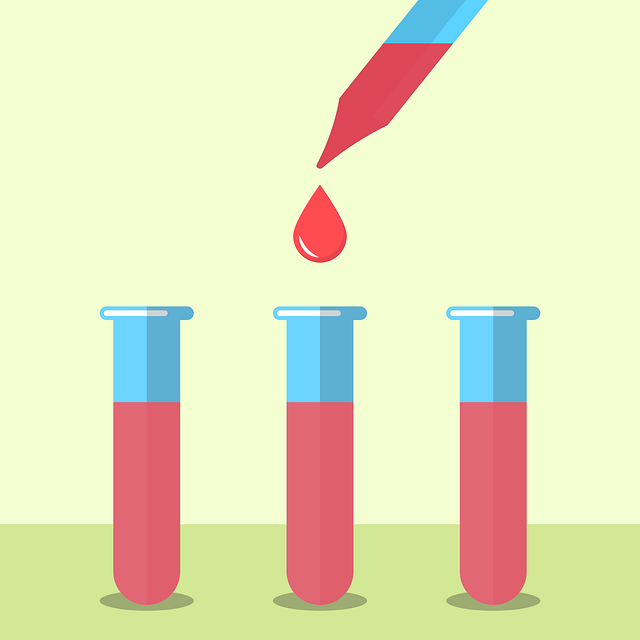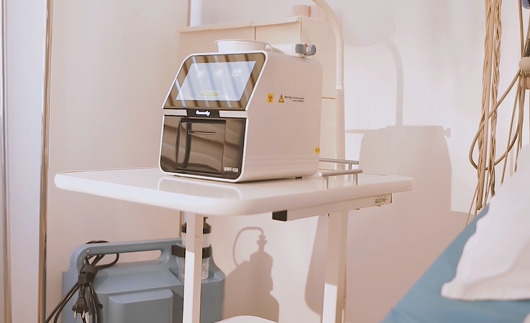release time:2022-07-22 10:23:18
In addition to many pathological conditions that can cause changes in blood cell counts, many physiological states can also cause changes in various parameters. For example, the total number of white blood cells in pregnant women and newborns is significantly increased. Heat and cold often cause a transient increase in total leukocyte count. In heavy smokers, the hemoglobin level can increase significantly due to increased carbon monoxide in the blood. The total number of leukocytes also varies at different times of the day.

The aspiration needle, liquid tubing and counting cell should be thoroughly cleaned regularly with enzyme cleaner or 5% sodium hypochlorite. This is to prevent protein buildup. If there is protein buildup around the counting cell, it can affect the cell volume measurement and cause an increase in MCV. If the hemoglobin colorimetric pool is dirty, it can affect the hemoglobin quantitative results.

2022-09-29
A CBC test machine is a type of medical equipment that is used to measure the levels of red blood cells, white blood cells, and platelets in a person's blood. This information is important in order to diagnose and treat various medical conditions.

2022-01-13
Animal blood testing includes the collection and processing of blood samples, complete blood counts, ancillary bone marrow examinations, and performing routine coagulation tests.

2021-09-09
Biochemical analysis is one of the most important tools commonly used for clinical diagnosis. Biochemical analysis can be divided into wet chemistry and dry chemistry according to whether the chemical reaction between the sample and the reagents is in solid phase or not.